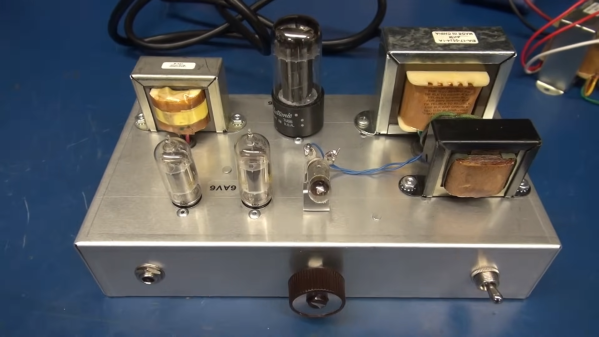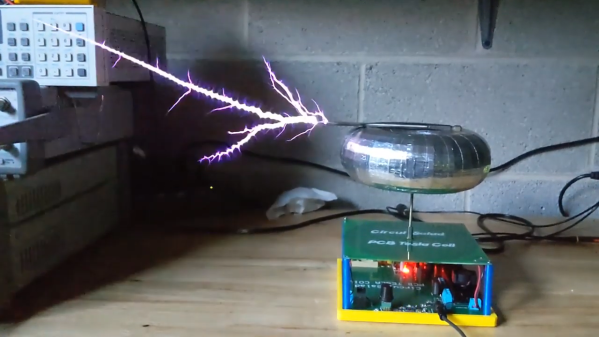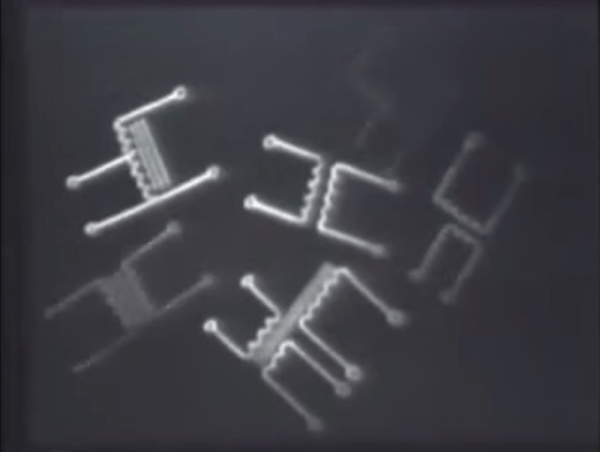If you’ve ever wondered why something like a radio or a TV could command a hefty fraction of a family’s yearly income back in the day, a likely culprit is the collection of power transformers needed to run all those hungry, hungry tubes. Now fast-forward a half-century or more, and affordable, good-quality power transformers are still a problem, and often where modern retro projects go to die. Luckily, [Terry] at D-Lab Electronics has a few suggestions on budget-friendly transformers, and even shows off a nice three-tube audio amp using them.
The reason transformers were and still are expensive has a lot to do with materials. To build a transformer with enough oomph to run everything takes a lot of iron and copper, the latter of which is notoriously expensive these days. There’s also the problem of market demand; with most modern electronics favoring switched-mode power supplies, there’s just not a huge market for these big lunkers anymore, making for a supply and demand equation that’s not in the hobbyist’s favor.
Rather than shelling out $70 or more for something like a Hammond 269EX, [Terry]’s suggestion is to modify an isolation transformer, specifically the Triad N-68X. The transformer has a primary designed for either 120 or 230 volts, and a secondary that delivers 115 volts. Turn that around, though, and you can get 230 volts out from the typical North American mains supply — good enough for the plate supply on the little amp shown. That leaves the problem of powering the heaters for the tubes, which is usually the job of a second 6- or 12-volt winding on a power transformer. Luckily, the surplus market has a lot of little 6.3-volt transformers available on the cheap, so that shouldn’t be a problem.
We have to say that the amp [Terry] put these transformers to work in sounds pretty amazing — not a hint of hum. Good work, we say, but we hope he has a plan in case the vacuum tube shortage gets any worse.
Continue reading “Flipped Transformer Powers Budget-Friendly Vacuum Tube Amp”

















